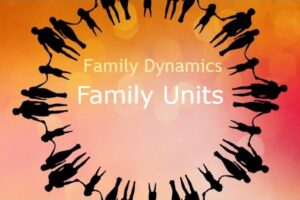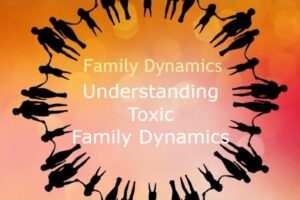The Heart Chakra is the fourth chakra and is the bridge between the lower and upper chakras. The Heart Chakra balances the earthly world, the spiritual world, and our emotional and physical well-being. Pure love opens the fourth chakra, allowing us to receive and give love unconditionally.

Location: Near the Heart, Center of the Chest
Color: Green and Pink
Element: Air
Short Affirmation – I Love
Main Functions – Center of love for oneself and others, balance our emotions, compassion, joy, empathy, and forgiveness.
Areas of the Body – Rib cage, lungs, heart, circulation, skin, hands, arms, and the upper back.
Associated with:
• Love for oneself and others
• Relating, relationships
• Compassion, empathy
• Forgiveness, acceptance
• Transformation, change
• Ability to grieve and reach peace
• Compassionate discernment
• Center of awareness, integration of insights
A balanced Heart Chakra allows us to live with peace, acceptance, tolerance, and tranquility. The Heart Chakra is the seat of empathy and compassion. When this is in balance, we can more easily forgive those who have wronged us.
An imbalanced Heart Chakra may cause difficulties in relating with others, such as excessive jealousy, codependency, being closed down, or being withdrawn.
Heart Chakra Color – Green and Pink
The air element surrounds the Heart Chakra. The element of space above is the color of blue and the fire element below is yellow, creating the green color.
The green color is associated with calmness, and with nature and tenderness. It also suggests stability and represents growth and renewed, healthy relationships.
The pink color represents the energy of love and compassion. Pink is a feminine color that helps us connect with our emotions and intuition.

Heart Chakra Symbol
The Heart Chakra symbol is two intersecting triangles forming a 6-pointed star in a circle with 12 petals. This symbol represents masculine and feminine energies coming together to create the star shape, one facing up and one facing down. The male and female energies intermingling create the star shape.
How to Balance the Heart Chakra
Chakras may be described as underactive or overactive but are never blocked.
There are a variety of practices that can balance your chakras. The goal is always to restore your chakras for overall health and well-being.
Self-Care Practices
• Yoga
• Guided Meditation
• Crystals
• Essential Oils
• Positive Affirmations
Complementary Therapies
• Acupuncture
• Massage
• Reiki
• Crystal Reiki
• Sound Healing
Heart Chakra Crystals – Green and Pink
Green and Pink are both colors associated with the heart chakra. The Heart gives and receives love to and from us – ‘Pink’ deals with inner love issues, inner child, self-love, trust, peace, and ‘Green’ is love flowing outwards to other people and places. In addition, Green stones are for strength, self-worth, happiness, and harmony.
Green Stones: Green Aventurine, Moss Agate, Green Jade [luck], Malachite
Pink Stones: Rose Quartz, Rhodochrosite, Rhodonite, and Pink Tourmaline
Heart Chakra Affirmations
Repeat these affirmations for positive vibrations and to bring balance to your heart chakra.
• I am open to receiving and giving love.
• I release and let go of all resentment.
• I forgive myself and others.
• I am filled with joy and peace.
• It is safe for me to love and be loved.
Book a No-Cost Discovery Session
Your Discovery Session is an opportunity to answer any of your questions and to find out if a Sound Healing Session or a Crystal Reiki Session is the best fit for your overall health.



